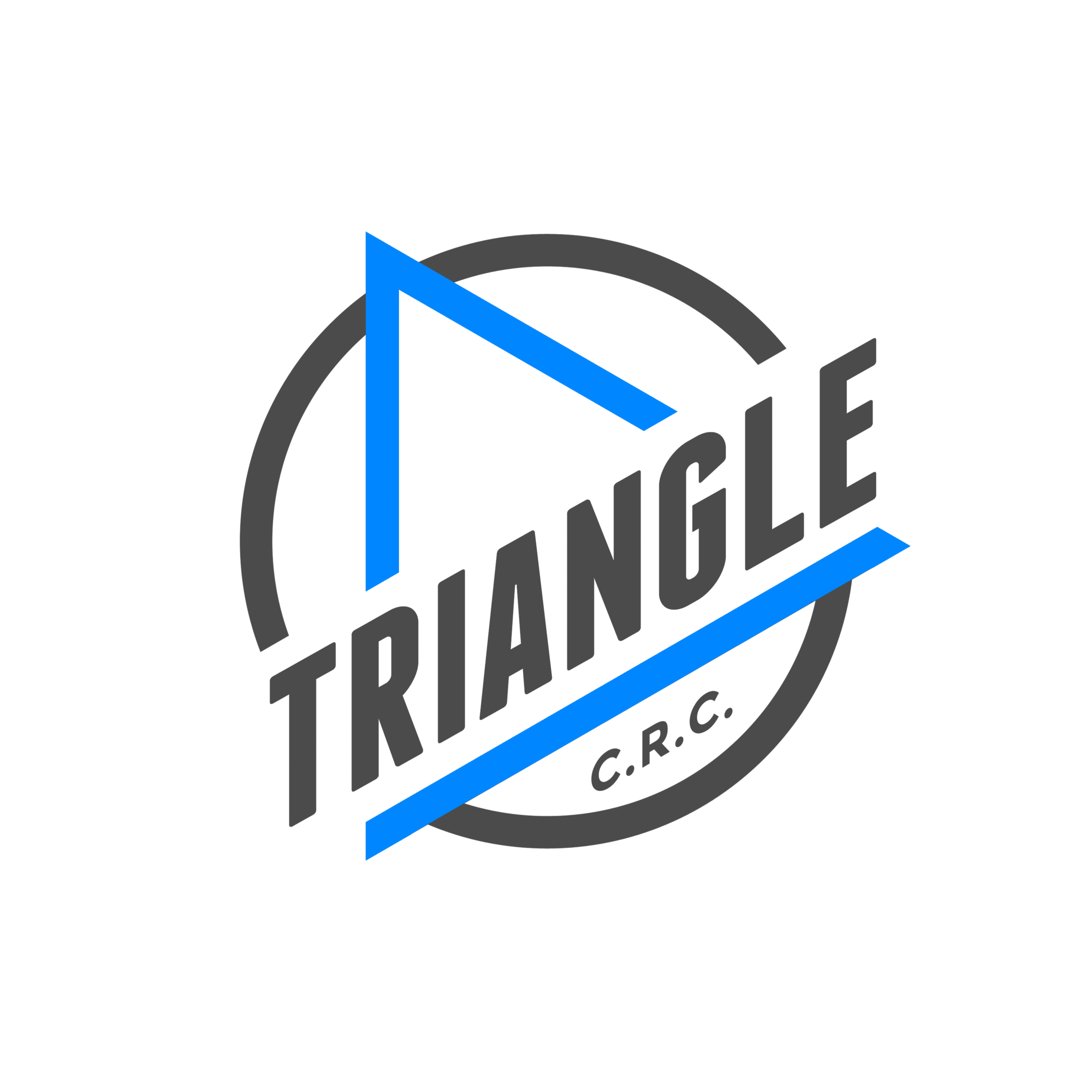Laid Back Nursing
Laid back nursing can also be applied to laid back bottle feeding, as the same principles can apply to bottle feeding. Read on for more information, but for simplicity: face baby toward your body rather than toward the ceiling when nursing or bottle feeding. It makes nursing easier and bottle feeding a bit more cumbersome, but both support baby's ability to feed much better.
Quoting from an article found in Mothering by Nancy Mohrbacher that can be accessed here,
"During the first week after birth, 92% of nursing mothers reported significant breastfeeding challenges." Rather than tackling every issue—latching struggles, milk supply, sore nipples—individually, why not use a single approach that addresses many challenges at once?
Let me back up a little and explain how this new approach came to be. By chance in 2008 I came across a U.K. study that rocked my world. It found that the breastfeeding positions we had been teaching new mothers for decades could actually be contributing to the ongoing epidemic of early problems. What did this study find? Human newborns' innate responses are similar to those of other mammal species--including puppies, kittens, and piglets--that feed on their tummies. In other words, our babies are hardwired to be "tummy feeders." When I read that paper by Dr. Suzanne Colson (who calls her approach Biological Nurturing® or "laid-back breastfeeding"), my mind went first to the babies I'd seen in the breast crawl videos often shown in childbirth classes. The first breast crawl videos appeared in the late 1980s, when Swedish researchers found that when a newborn is laid tummy down on mother's body, within the first hour something magical happens. Without any help, a healthy baby will crawl up the mother's body, find the nipple, latch on, and begin breastfeeding. You can see this in action by doing an online search for "breast crawl."
In Natural Breastfeeding positions, baby rests tummy down on mother's body, ensuring the full frontal contact that activates his GPS. Baby's weight pushes the pressure buttons on his front, which improves his coordination for easier feeding. This makes it possible for babies to be the active breastfeeding partners that nature intended.
But it's not just good for babies. Mothers can relax completely and rest while baby feeds, often with both hands free. And gravity helps baby take the breast deeply, so there's no need to micromanage baby's latch.
Natural Breastfeeding positions are appropriate any time, but they are especially helpful during the first few weeks, when babies lack the muscular strength and coordination to overcome gravity's effects on their head. It takes a full year, after all, before babies can resist gravity enough to walk. But babies develop the head-and-neck control they need to fight gravity during breastfeeding much sooner-usually within four to six weeks."
I encourage you to read the full article for more details, or simply bring you and your baby in for an appointment for evaluation and treatment! Chiropractic care greatly supports the relationship of the nursing dyad!

